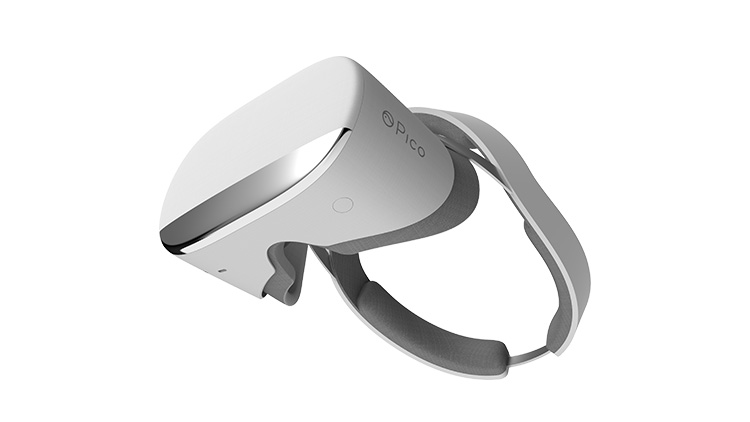When Will VR Stand Alone?

To take adoption of VR to the next level, it’s almost a foregone conclusion that stand-alone headsets that aren’t tethered to a high-octane PC or paired to a smartphone will serve as major catalysts.
Oculus, the Facebook-owned VR specialist, already has a standalone headset on its road map, but hasn’t revealed when that vision will turn into a retail reality.
Meanwhile, two-year-old Pico Interactive claims to be well down that path with a product called the Neo CV that will debut sometime in 2017.
Pico, which showed off those wares at the recent CES in Las Vegas, believes that mass adoption of high-end VR technologies will be aided greatly by standalone platforms.
VR should combine the immersive quality of today’s high-end tethered platforms with the entry-level pricing of mobile VR solutions, said Paul Viglienzone, Pico VP of strategic business development.
“The best consumer proposition is a mixture of those things,” said Viglienzone, formerly with Sony Computer Entertainment America.
One of the barriers to high-quality VR in a standalone platform is processing power and performance. Pico is looking to overcome it by baking the Qualcomm Snapdragon 820 chip in with the Snapdragon VR software development kit. But it will be some time before the world knows if Pico can deliver on its promise to bring a top-shelf VR platform to market at a price point that many consumers can stomach.
Broadcasting & Cable Newsletter
The smarter way to stay on top of broadcasting and cable industry. Sign up below
Pico has not said when it will launch the product commercially this year—it is expected to reveal more details at E3 in June—nor has it released pricing. The aim is to sell it for a price that is competitive with tethered products in the market today, such as the Oculus Rift and the HTC Vive, which also need to be linked to a powerful PC, Viglienzone said.
